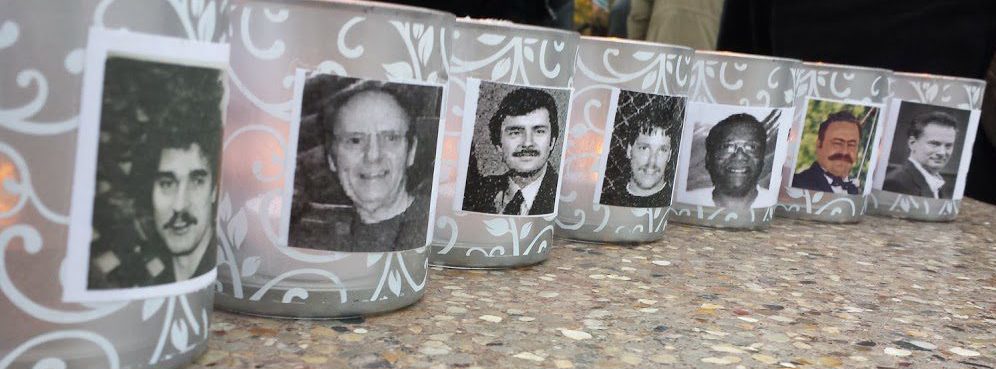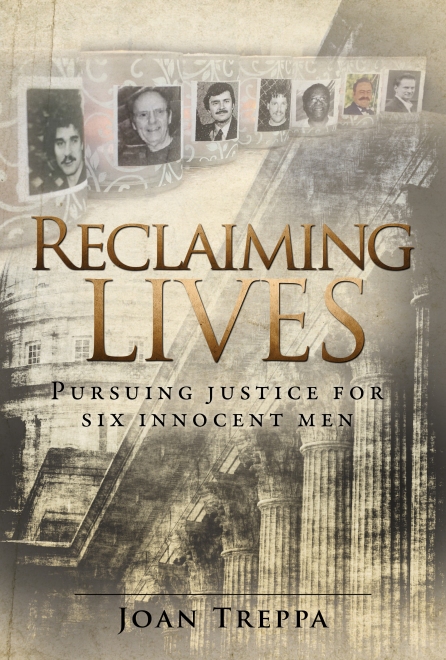Currently, five innocent men; Keith Kutska, Dale Basten, Michael Hirn, Reynold Moore, and Michael Johnson grow older…more weary…and beleaguered, as their time in prison continues.
We all make a difference…every day. We don’t realize it because often, the results are neither profound or earth shattering. But it’s a fact that the smallest of actions can have the greatest impact and become an example for those around us.
Awhile back, when I emerged from the shadows, compelled to devote significant time and energy to fighting for the rights of six Wisconsin men, it not only ended up having a major impact on their lives…but on mine as well. Suddenly, my life held more meaning and was more focused. Although it may not have been my initial intention to take this specific path, it always was my choice to make. But I now think of it as more of a responsibility I had no choice but to embrace.
I believe the book which I’m about to publish, will create a firestorm of support that could affect current legal actions. Certainly not because it’s the best literature ever written but because it embodies the very essence of what we as humans aspire to be—example setters.


Exoneree Michael Piaskowski speaking at an event in Minnesota
To further my point, I wanted to highlight something noteworthy that resulted from a story I wrote awhile back. Exoneree, Michael Piaskowski, whom I consider a colleague and valuable friend, was compelled to post the following on the site where the article appeared:
“Hello to everyone. As Joan Treppa noted [in this article]; after being wrongfully convicted and sentenced to ‘life in prison’ for a crime that I did not commit, I was completely exonerated and ordered released by the United States Federal Court system; all of my citizenship rights restored. In simpler words, the United States ‘legal system’ worked for me. The system made a mistake. The system recognized the mistake. And the system corrected that mistake. I am again ‘free’ to pursue all the rights and liberties bestowed upon all United States citizens.
Unfortunately that very same legal system has failed the other five men in this case. We (the other five defendants and I) are ALL innocent of this crime. All six of us were convicted of an incident that never took place. I repeat: It never happened. Thomas Monfils’ death was caused in some other way. The Green Bay police investigators got it completely wrong. I do not know how Tom died, but I do know that it did NOT happen the way we were convicted of it happening.

2013 photo of exoneree Michael Piaskowski and Joan Treppa at benefit for Innocence Project of Minnesota
That’s where wonderful people like Joan Treppa come in; to pick up where Justice Myron Gordon left off and, at least in this case, to continue the fight for true ‘Justice for Tom’.
With the help of John Gaie, Denis Gullickson, Johnny Johnson, Steve Kaplan and Cal Monfils; and organizations like the law firm of Fredrikson & Byron, The Innocence Project of Minnesota, The Wisconsin Innocence Project, and the Family and Friends of Six Innocent Men group here in Green Bay; collectively, we fight this just cause. It’s the American way. On behalf of the wrongfully incarcerated everywhere, thank-you Joan, for your dedication and perseverance. — Mike ‘Pie’ Piaskowski
Here’s the link to the story which was also posted in an earlier blog.
Mike Pie, I’m truly honored to have had your support along the way as I continue on a path to making a difference and being an example on behalf of these men and their families.







